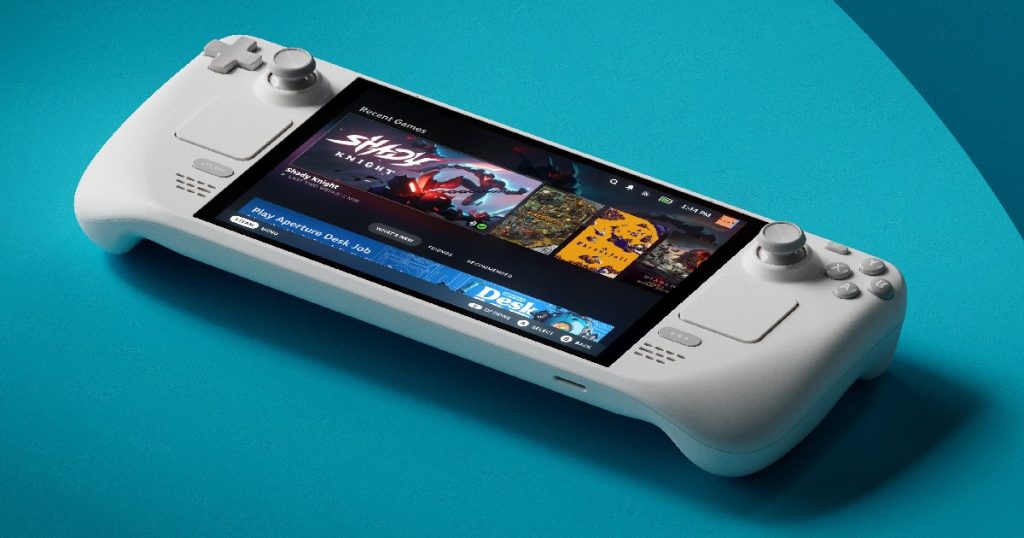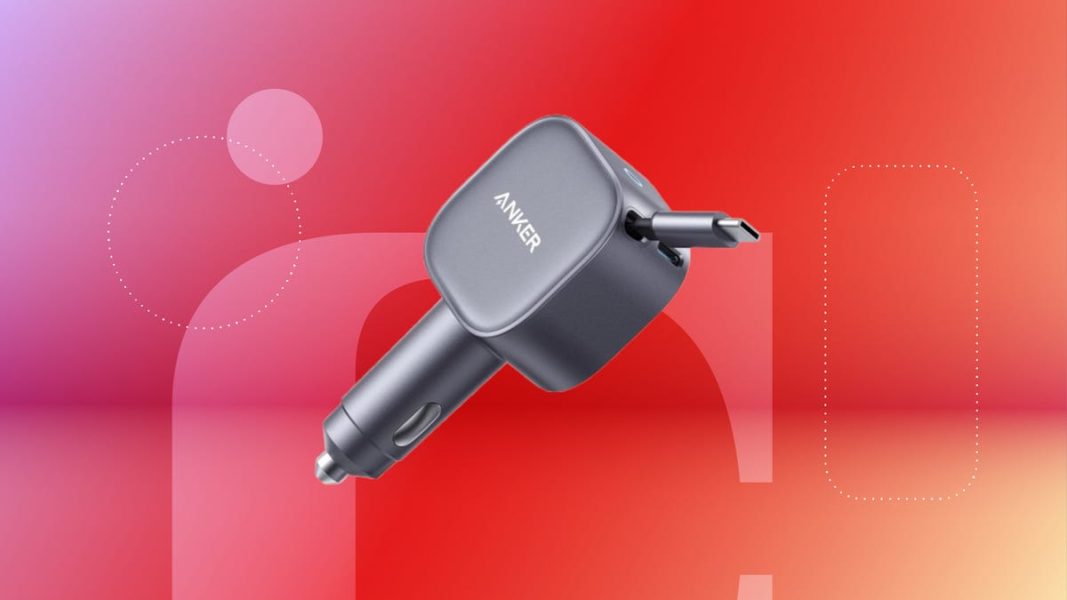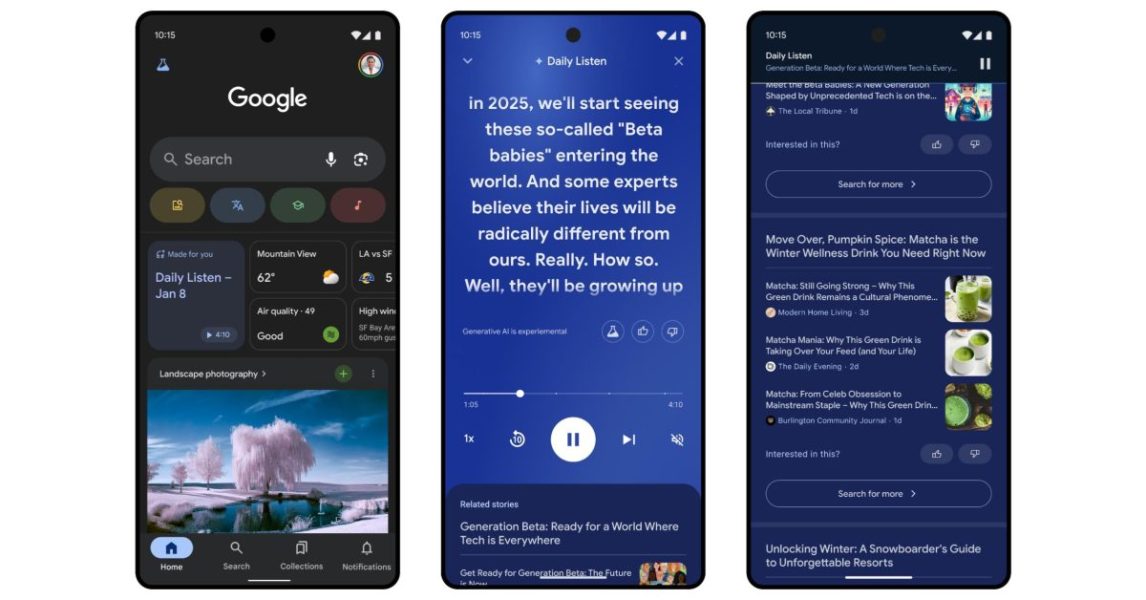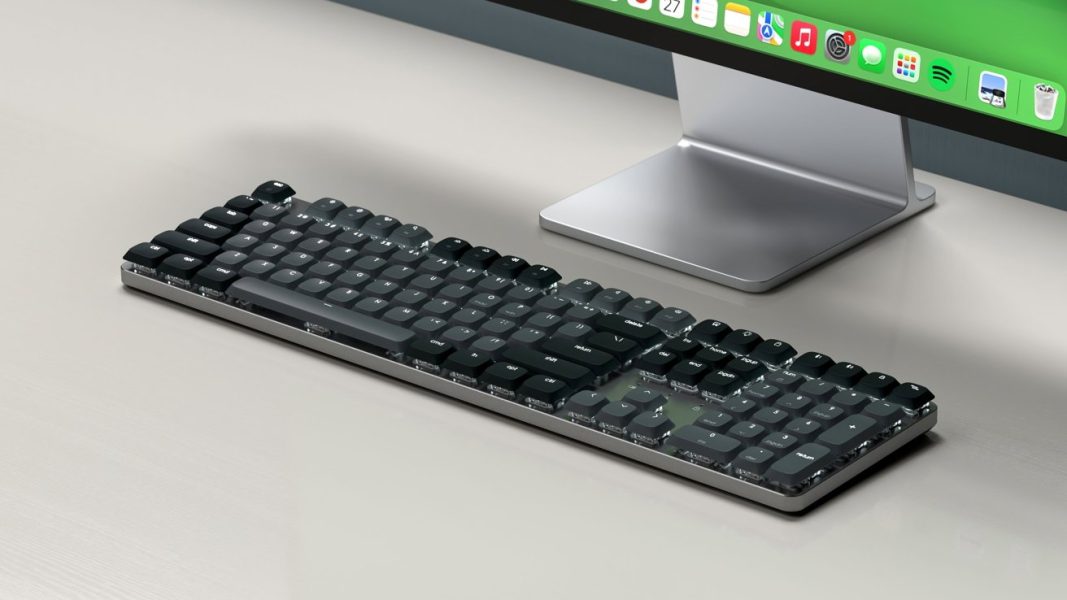Forget the ‘big 3’ — it’s just big Steam – Digital Trends

For over two decades, the video game world has revolved around three companies: Nintendo, Sony, and Microsoft. These platform holders have long controlled the conversation around games, with their consoles and flashy exclusives creating the framework for how we understand the business today. It’s not that these were the only companies distributing games, as any PC player will tell you; it’s just that they had become the foundational power players that the rest of the industry often had to adapt around.We’ve seen cracks in that dynamic during this current console generation, but Valve may have shattered it for good. During CES 2025, the company made some big plays of its own that solidified its growing hold on gaming outside of Steam. In addition to bringing SteamOS to the Legion Go S, Valve tells The Verge that it will soon let players install the Steam Deck’s signature interface on any handheld.That may sound like a small move, but it’s the final piece of a long-building disruption that leaves the so-called “big three” in the the rearview mirror. Whether you’re a PC or console gamer, it’s Steam’s world now. Everyone else is just living in it.For many PC players, this isn’t a new development. Steam has always been the place to buy and play games thanks to a unified library that worked across PCs. The reality, though, is that PC and console gaming have long been separate worlds. Valve’s business was primarily being a digital storefront; Sony, Microsoft, and Nintendo’s ambitions were more headline-grabbing by comparison. Their exclusive games dominate awards shows. Games needed to be built with the power (and limitations) of PlayStation and Xbox devices in mind. More important than any of that was the way those companies created lifestyle brands that all competed to create the most sensible home base for a player with too many options.Sony, Microsoft, and Nintendo have all taken different approaches over the years to hold their social status, with Valve struggling to quite meet them in the same arena. It tried to eat into that dynamic at times with shaky experiments like the ill-fated Steam Machine, but those failures made it clear that PC and console gaming were just too different. Steam would always be seen as its own world, albeit an enormous one.That has rapidly changed in the last few years thanks in no small part to the Steam Deck. The handheld has fundamentally changed the gaming hardware space in a way that reaches beyond PC gaming. It bridged the gap between worlds, giving console players an approachable entry point into the PC space that still felt familiar. That move led to a slew of copycats early on, but the trend is here to stay. At CES 2025, we saw another wave of promising competitors set to make the handheld PC market as central to gaming as home consoles.All of this helped Valve leap over one of the big three: Nintendo. The Steam Deck took the Switch’s lightning-in-a-bottle idea and one-upped it by making a more powerful alternative that can run more games. Nintendo’s unbeatable advantage will always be its first-party games, but the Switch 2 — a device rumored to be a fairly light improvement over its predecessor — doesn’t quite feel like it’ll be as culturally dominant as the Switch was in 2017. Even an old Steam Deck might remain the more impressive option when it comes to specs.It’s Steam’s new initiative to spread SteamOS that stands to make it the centerpiece of the video game world, though. The idea is that players will no longer need to own a Steam Deck to benefit from Valve’s ecosystem. Soon, any handheld will be a Steam Deck, whether it be an Asus ROG Ally, Legion Go, or MSI Claw. Theoretically, even Xbox’s long-rumored handheld could be most useful as a powerful way to manage Steam games. PC enthusiasts have long argued that buying games on Steam was always the right call, but Valve’s latest move codifies that into law. Why buy a game on PS5 when you can get it on Steam and have access to it on any number of devices?That idea is one that both Sony and Microsoft have been desperately chasing this console generation. Both companies have fought to create the ultimate gaming ecosystem that makes their platform the kind of thing that’s hard to detach from, like an Apple user locked in due to their iPhone choice. PlayStation tried to get at this with tech like the PlayStation Portal or its PlayStation Link audio tech. Xbox more effectively chipped into the idea with Game Pass, a service that aimed to turn every device into an Xbox (a marketing move that spawned the brand’s controversial “This is an Xbox” ad campaign). Microsoft wanted to achieve top-dog status by putting Game Pass on your smart TV, phone, PC, Amazon Fire Stick, and more. The last four year has been a race of which company could become the more inescapable lifestyle brand.In only a few years, Valve has emerged from the shadows to beat all three companies at their own strategies. It now runs the handheld market, even on its competitors devices, and has successfully cracked the coveted gaming ecosystem. Even third-party studios like Square Enix are starting to change their tune about exclusivity as they see the value in releasing on PC alongside consoles.That doesn’t mean that Sony, Microsoft, or Nintendo are going away. On the contrary, each will be crucial to creating the more unified future of console and PC gaming. Sony launching Helldivers 2 on PC to great success proved that both worlds will benefit from playing nice with one another, and I imagine we’ll only see that trend grow. The only difference is that Valve is now setting the example that everyone else needs to follow. Steam now sits at the head of the table.When the original Steam Machine was announced in 2015, it promised a massive change from traditional gaming experiences. The console-slash-PC gained a lot of attention, but a variety of factors stopped it from being a success. Poor performance sent many players back to standard PC gaming, while the high price meant Valve sold less than 500,000 units. Despite its failure, though, the Steam Machine had a lot of fans — many of whom have waited years for a follow-up. And now it might actually be on the way.A Reddit user named u/coolbho3k spotted a reference to the Fremont project in the Steam Deck kernel. The code doesn’t make it clear exactly what sort of device Fremont will be, but it references a platform called AMD Lilac. Users have also found references to the same platform on Geekbench, where it scores significantly higher than the Steam Deck. Were it another handheld, this platform would leave the Steam Deck in its wake — and that makes it all the more likely to be a TV box or set-top box of sorts, according to Tom’s Hardware.2024’s Steam Autumn Sale has begun. While there are plenty of fantastic deals on video games, the best deal might be that versions of the Steam Deck are available at their lowest price yet.During this Steam Autumn Sale, the 64GB LCD Steam Deck is discounted by 15% to just $297; meanwhile, the 512GB LCD Steam Deck is discounted by 25% and now only costs $337. For just a little less or a little more than a Nintendo Switch, you can get this PC gaming handheld that will let you experience most of your Steam library on the go.It’s not a Steam Deck 2, but Valve announced that you can soon buy a new Steam Deck. The company is releasing a limited-edition white Steam Deck OLED just ahead of the holidays.Valve revealed the new $679 handheld Monday night. Sure, it’s a bit pricey, but it only costs $30 more than the equivalent Steam Deck OLED 1TB model. Valve says it’ll have all the same specs as the top-tier 1TB version, with up to a 90Hz refresh rate, an HDR OLED display, and a 50 watt-hour battery. The only difference is that it comes in a new color. It even comes with its own white carrying case and white microfiber cloth.Upgrade your lifestyleDigital Trends helps readers keep tabs on the fast-paced world of tech with all the latest news, fun product reviews, insightful editorials, and one-of-a-kind sneak peeks.
Source: https://www.digitaltrends.com/gaming/big-3-valve-steam-ces-2025-analysis/



